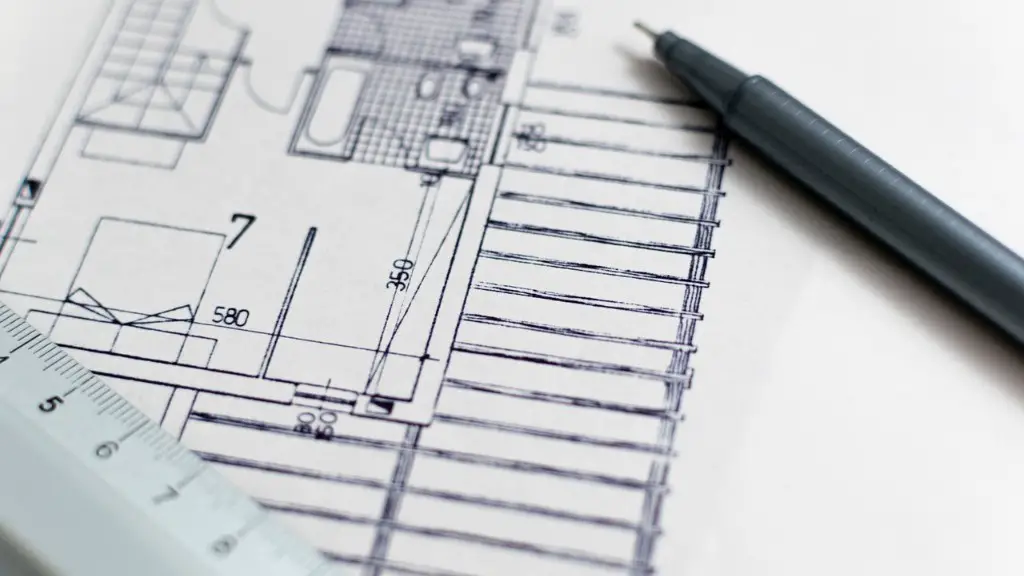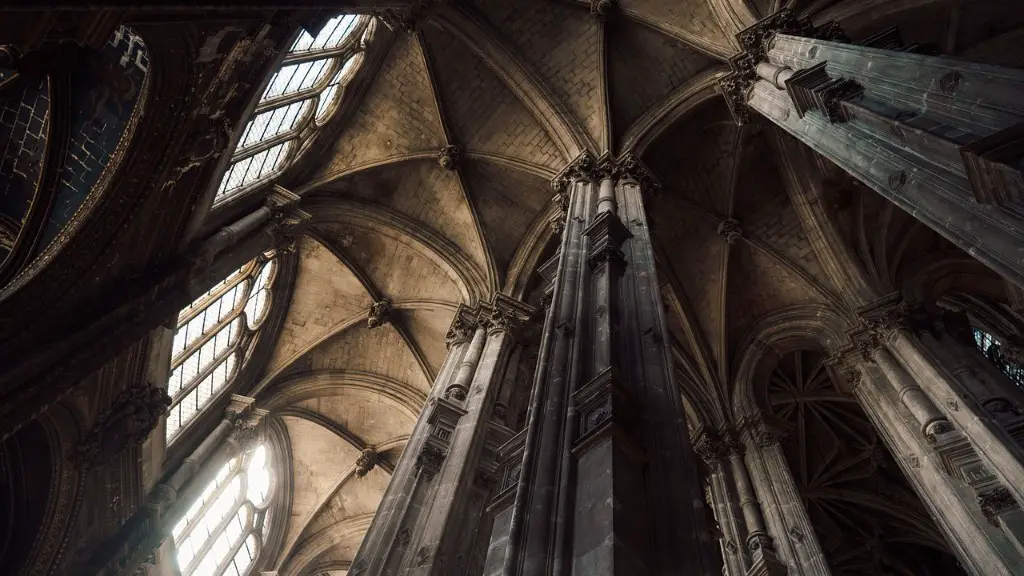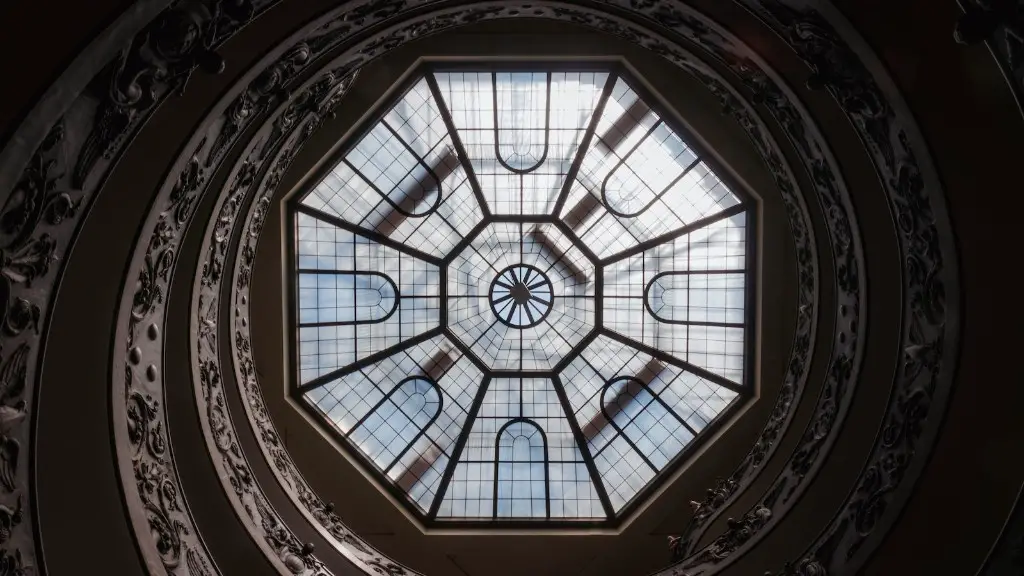Ancient Architecture
Ancient architecture is defined as the building of structures that exist from the Prehistoric era to about AD 900. Construction materials included stone, clay, and wood. Most of the ancient structures were designed to be very practical. They served religious and ceremonial purposes. Some of the early examples of ancient architecture come from the Mesopotamian and Egyptian civilizations. Examples include the Great Pyramids of Giza and the Hanging Gardens of Babylon.
In ancient times, buildings were often dedicated to gods or powerful leaders. Structures had spiritual and symbolic meanings and would often be adorned with images and decorations. Ancient architecture was intricately decorated with paintings, sculptures and bas-reliefs, reflecting the values and beliefs of the time.
Architecture was subject to the dictates of time and place. Therefore, in different geographical locations, architecture reflected local weather patterns, culture, resources and materials available. Ancient architecture therefore reflects these differing local conditions, customs and tastes as each region had its own approach to architecture.
The development of engineering tools and materials made it possible for the bulk of ancient architecture to be built. Architects used simple tools such as saws and hammers and created tools such as levers and pulleys to lift heavier stones. In addition, arches were used to span bridges and arches were the basis for many of the known ancient buildings. Ancient architects also drew on their artistic skills to create aesthetically pleasing structures.
Many of the ancient remains of architecture still exist today, providing evidence of the skill and creativity of ancient architects. These buildings testify to the durability of ancient architecture, although they have been subject to a lengthy period of weathering.
Today, with the assistance of modern technology, ancient monuments are being preserved and restored to their original form and beauty. This process has been helped by the introduction of digital technology, in particular 3D mapping and laser scanning, which can help in the accurate conservation and recording of ancient sites.
Modern Architecture
Modern architecture is a style that originated in the late nineteenth century and is typified by large, open and airy spaces, strong lines and modern materials. It is characterised by a use of industrial materials such as steel and concrete, and is often functional, modular and efficient in its use of space.
Modern architecture has its roots in the industrial revolution and its accompanying technological advances. This allowed architects and builders to develop large, modern buildings, often incorporating glass and steel. These changes made it possible to create large, open spaces and to use new materials, changing the way people lived and worked.
Modern architecture seeks to create a sense of movement and flow through the use of repetition, lines and angles. The form is often shaped to public needs and the environment. Emphasis is placed on functionality and symmetry. Many modern buildings incorporate environmental technologies in order to make them more sustainable.
Some of the most influential modern architects are Le Corbusier, Louis Kahn and Frank Lloyd Wright. Le Corbusier was a pioneer in the field, developing ‘The Five Points of New Architecture’: pilotis, free plan, free façade, long horizontal window and the roof garden. Louis Kahn and Frank Lloyd Wright were influential in the field of sustainable architecture, designing buildings that integrate natural elements into their design.
Modern architecture has been shaped by a number of cultural, economic, and political factors. However, the common thread running through modern architecture is a desire to create unique, dynamic spaces that fulfil a need and can be adapted over time.
Difference between Ancient and Modern Architecture
Despite many similarities between the two, ancient and modern architecture differ in many ways. While ancient architecture is largely symbolic, reflecting the values and beliefs of the time, modern architecture focuses on function and efficiency. Ancient architecture was largely built out of stone and clay, whereas modern architecture relies on steel and concrete. Modern architecture also stresses on sustainability and seeks to better integrate buildings into the environment.
Modern architecture has been influenced by a number of cultural, economic and political factors, whereas ancient architecture was largely dictated by the resources and materials that were available. Many ancient structures still exist today, while modern architecture is constantly evolving.
Whereas ancient architecture often had a spiritual and symbolic meaning, modern architecture often has a more utilitarian purpose. Ancient architecture was often complex, ornate and decorated, while modern architecture often seeks to create a sense of movement, flow and space.
The difference between ancient and modern architecture is interesting and complex. Although both have their similarities, it is clear that they differ in many ways.
Prevalence of Ancient Architecture
Ancient architecture has had a great impact on modern architecture. Many elements of ancient architecture have been incorporated in modern buildings, such as arches, columns and vaults. In addition, many modern architects draw inspiration from ancient ruins in the form of concepts and ideas.
The influence of ancient architecture can also be seen in many modern cities today. Many of the old buildings in cities such as Rome, Paris and London were built from ancient Greek and Roman designs. These cities still possess a great wealth of ancient architecture, which can be seen in the form of ancient temples, monuments and other structures.
Ancient architecture has left a lasting impression on the world and continues to be revered today. Although it has evolved over time, the fundamental principles of ancient architecture remain the same.
Relevance of Modern Architecture
Modern architecture is an important part of the world today. Modern architecture often reflects the values and beliefs of a modern society, such as the need for efficiency and sustainability. It allows architects to create unique and dynamic buildings that fulfils the need of a particular time and place.
Modern architecture has shaped cities across the globe and can often be seen influencing the skyline. Modern skyscrapers and other buildings are often seen as symbols of wealth and power. In addition, design concepts from modern architecture can often be seen in many different urban spaces, from parks and gardens to street furniture.
In the ever-evolving world of architecture, modern architecture is often seen as an important part of the future. It continues to combine scientific and artistic principles in order to create unique, efficient and sustainable structures.
Preservation of Ancient and Modern Architecture
Both ancient and modern architecture are of great significance and must be preserved. Preservation of ancient architecture is important as it represents a rich history of mankind and provides evidence of the skill and creativity in ancient times. Ancient monuments are often carefully restored and conserved.
Modern architecture is also significant as it often reflects the values of a modern society and can be seen as symbols of wealth and power. The preservation and conservation of modern architecture is also important for posterity. Organizations such as The World Monuments Fund are working to preserve modern architecture, as well as ancient sites.
They also play a role in preserving our collective memory and cultural identity. Both modern and ancient architecture are important and should be preserved for future generations.
Conclusion
It is clear that although ancient and modern architecture have many similarities, they also differ in many ways. Ancient architecture was often built out of stone, clay and wood and was often intricately decorated. Modern architecture, on the other hand, is typified by large, open and airy spaces, strong lines and modern materials. Modern architecture has been shaped by a number of cultural, economic, and political factors and is often utilitarian.
The influence of ancient and modern architecture can still be seen today. Ancient architecture has left a lasting impression, with many old buildings in cities such as Rome, Paris and London being based on ancient designs. Modern architecture is also influential, with many of its concepts and elements being seen in modern cities. Preservation of both ancient and modern architecture is important for posterity.





